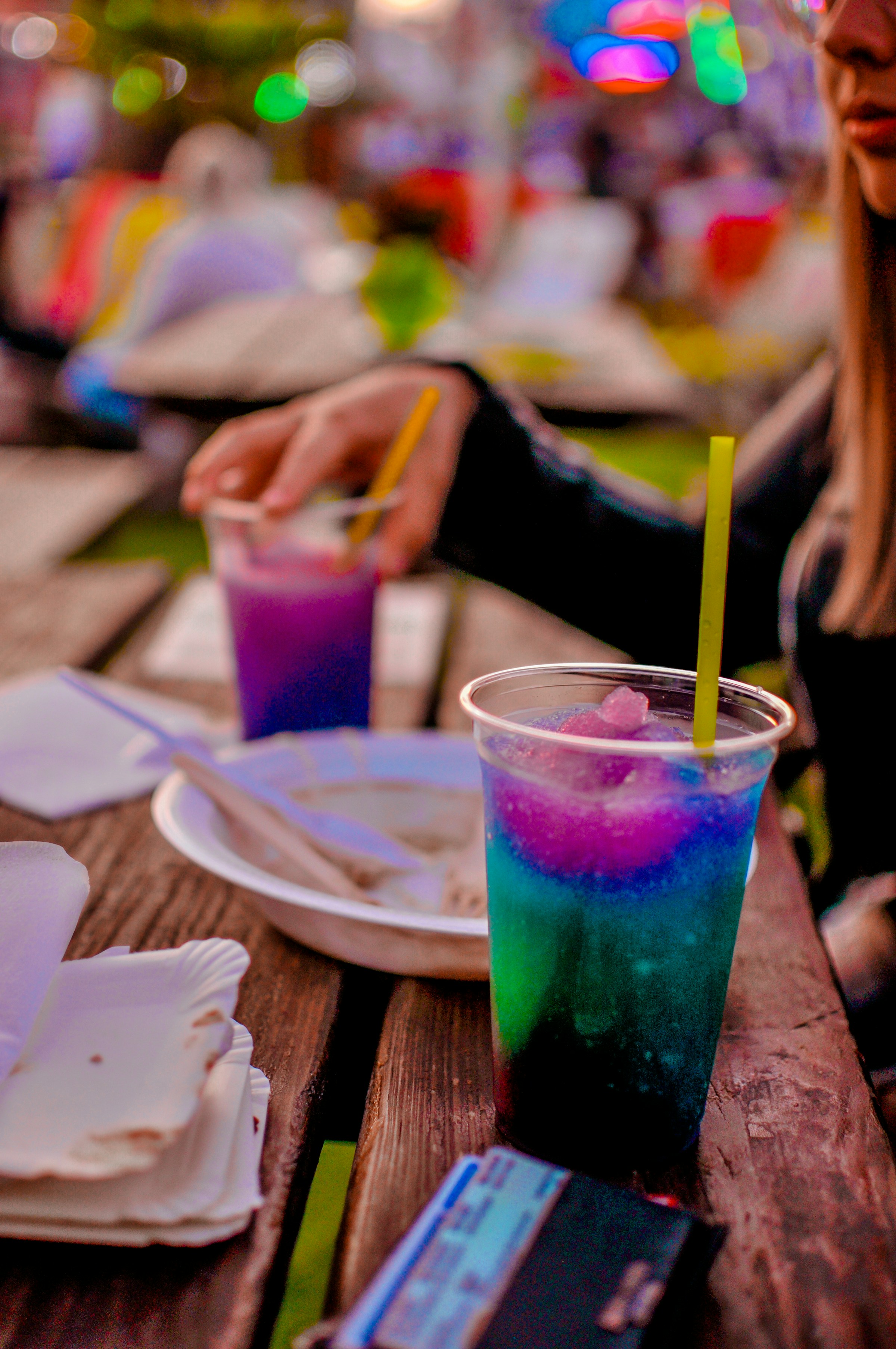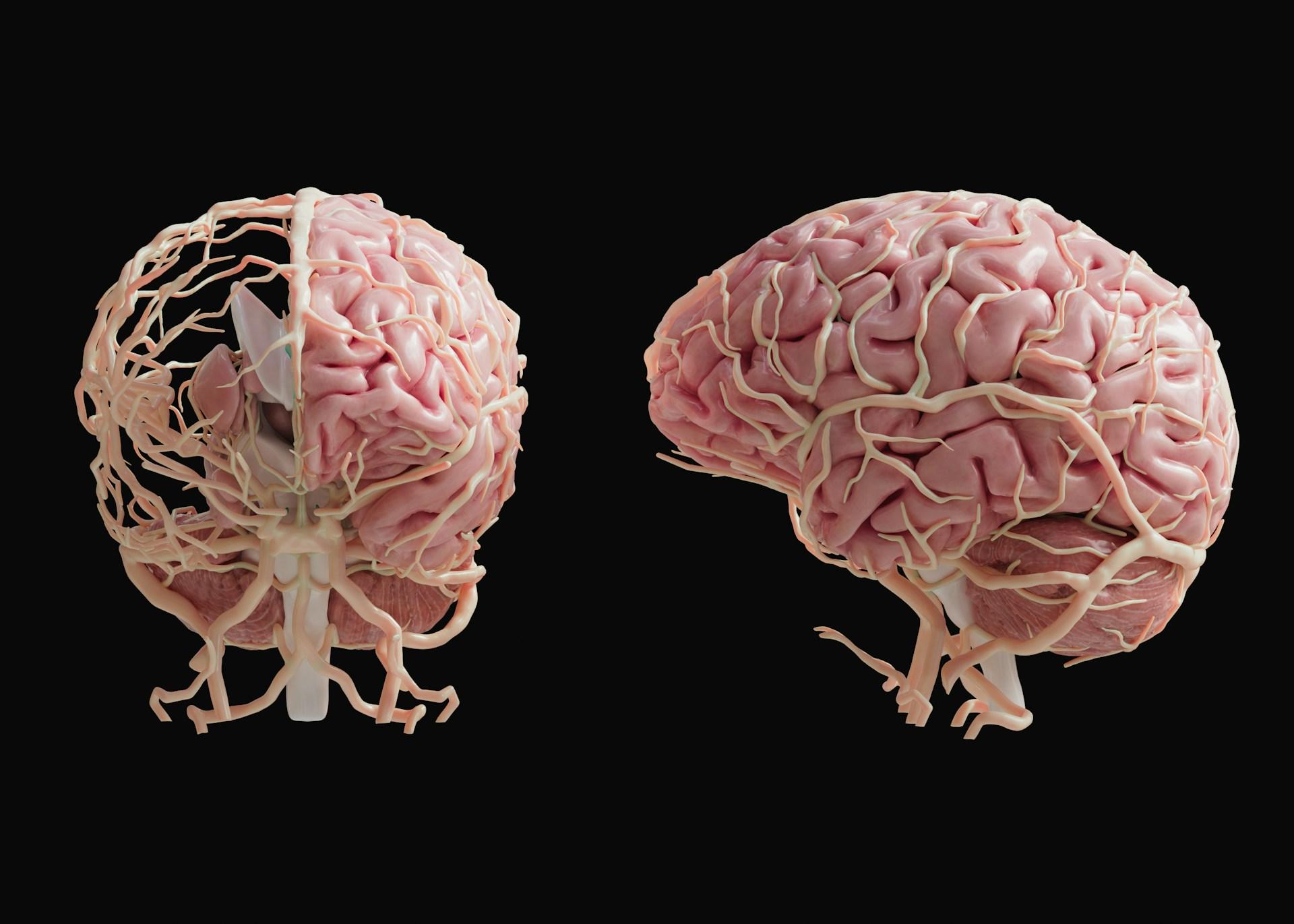A summer fair often begins with a small thrill in a small hand. A paper cup feels cold against the palm, the straw glints, and a swirl of neon ice starts to melt before the first sip reaches the tongue. Slushies look simple, almost innocent, because they seem to vanish as quickly as they appear. What many parents do not realise is that the familiar softness and slow drip of these drinks often comes from glycerol, a common food additive that changes how ice forms and how the drink feels in the mouth. Glycerol keeps the mixture from turning into a solid block, keeps the sip smooth, and keeps the machine from jamming. For most adults this is a technical detail that never shows up on the radar. For children, who are smaller, more sensitive to swings in routine, and still learning what their bodies can manage, it is worth taking a closer look at what happens after the first frosty mouthful.
Glycerol is a clear, viscous liquid that has a mild sweetness and a strong ability to hold water. Food manufacturers use it in many products because it stabilises texture and helps retain moisture. In a slushy mix, those same qualities slow the formation of hard ice and produce the soft crystals that are so easy to sip and chew. Once swallowed, glycerol can draw water into the gut. The dose is usually small, and many children will not notice any difference at all. Others may feel a little gurgly, slightly queasy, or suddenly keen to find a bathroom. The variation depends on portion size, the child’s weight and hydration status, and whether the drink lands on an empty stomach or after a meal. None of this makes glycerol a villain. It does make context important.
The cold temperature of a slushy encourages speed. Children often drink quickly because the texture goes down easily, and the relief from heat feels instant. A very cold liquid taken in a rush can trigger a brief head ache that fades quickly, and it can also create a sense of fullness that does not match true hydration. The body reads the cold as a signal to slow blood flow near the stomach, and the sweet taste suggests a dessert more than a drink. As a result, some children stop asking for plain water because they think they have already had enough. By evening they may be cranky or complain of a mild head ache that is really a sign that the day’s fluids did not land where they needed to.
Sugar plays a quiet but central role in this story. Commercial slushies are formulated to taste good as the ice melts and dilutes the syrup. That means the base is often sweeter than a typical homemade drink. Glycerol contributes a little sweetness of its own, which can nudge the overall profile upward. For developing teeth, a sweet, slightly acidic slurry that clings to enamel is not ideal. Children tend to nurse slushies, letting the liquid pool and recoat the same surfaces over time. This gives bacteria that thrive on simple sugars an easy field to play on. You do not need to ban the drink to protect a smile. It helps to think of a slushy as a dessert that happens to arrive with a straw. When the cup follows food, saliva is already flowing, the mouth is less acidic, and the sugar spends less time bathing the molars.
Parents also ask about behaviour and mood. The gemstone colours and candy flavours of many slushies arrive with a bright sweet and sour profile. Most children will not react to food dyes or intense flavours in any obvious way. A subset will feel a rise in energy followed by a dip if the serving is large and the stomach is empty. The pattern is not always dramatic, yet it can be enough to push bedtime off track on a day that already includes heat, noise, and a later schedule. It is helpful to pair the treat with food and to watch your own child’s pattern rather than rely on general rules. If your child tends to bounce after bright candy or soda, the same care likely applies here.
The question of hydration deserves special attention because the eye reads a large cup of ice as a sensible way to replace fluids after sport or play. A slushy can contribute to fluid intake, but it does not work like cold water. The combination of sugar and glycerol can change how water moves across the gut wall. Some children feel heavy or slightly bloated rather than truly quenched. They can end up drinking less plain water overall because the slushy creates a false finish line. A useful family habit is the sip swap. Take a mouthful of slush, then a mouthful of water. Repeat as a game rather than a rule. The rhythm delivers the sensory joy and still leaves a child well hydrated by evening.
Portion size is the practical lever that changes the experience more than any other. A child who weighs half as much as an adult does not need a cup that is eighty percent of the adult size. Share one cup between siblings or friends. Pour a third into a small reusable tumbler that fits your child’s hand. Place the rest in the freezer for another day. When the vessel is right sized, the visual cue does the work that a lecture cannot. The child still gets the moment of delight and does not end up with a stomach that feels as if it has swallowed a cold brick.
The home version offers a calm alternative for days when the craving is mostly about texture and temperature instead of the carnival atmosphere. A blender, some ice, and real fruit will carry you far. A splash of water or coconut water loosens the mix. A squeeze of citrus brightens the flavour. If you want more softness without added syrup, a few slices of banana or a spoon of yogurt create body that tastes like summer rather than a candy shop. Children love to participate. Offer metal spoons for scraping the soft ice from the sides of the cup, and let the ritual be part of the reward. The kitchen will smell of fruit, and clean up will feel simple.
If your child loves the concession stand version, you can still design around it so that the treat lands gently. Offer a small sandwich, a cheese cube, or a rice ball before the first sip. The stomach gets a base layer, and the sugar arrives in a slower, friendlier curve. Keep a bottle of water on the table and practice the sip swap together. You do not need to announce rules. Children copy what they see, and the body receives what it truly needs.
Frequency shapes how the body responds over time. A weekly slushy during a long hot season sits differently in a child’s system than a daily one. Occasional spikes are fine for most children. Regular spikes create a new baseline that can feel unsettled. Look at your calendar. If the week includes sports day, a school fair, and a weekend at the beach, plan quieter choices in between. Chilled fruit, homemade ice pops made with whole fruit and a little honey, and plain cold water with a slice of lemon can keep the sense of treat alive without pushing sugar and additives to the forefront.
Waste belongs in the conversation because each treat often arrives with a plastic dome, a lid, and a straw. Bring a reusable cup and a straw that your child enjoys holding. The feel of a favourite cup turns the moment into a small ritual that belongs to them. Children who use a familiar vessel tend to drink more slowly and more intentionally. They also learn that pleasure and responsibility can share the same space. That lesson will outlast the season.
Health history matters. If your child has a sensitive stomach, a pattern of reflux, or bathroom urgency after sweet drinks, it is worth speaking with your pediatrician about patterns you have noticed. Not because glycerol is dangerous in typical amounts, but because each body tells its own story. On a hot day after a soccer match, a generous slushy that contains glycerol and a bright syrup and is taken quickly can feel very different from a small serving after lunch in the shade. A clinician who knows your child can help you choose a plan that fits without turning the treat into a source of stress.
The social dimension is easy to overlook, yet it is often the point of the purchase. A slushy can be a small celebration with friends after a goal, a prize after a long queue at a ride, or simply a way to sit together while the sun slides down. Saying yes to the ritual can be as important as the drink itself. The goal is not to turn a sweet tradition into a lecture. The goal is to keep the joy while avoiding the aftermath that can take a household off its rhythm. Small cup. Slow sips. Food first. Water nearby. Teeth brushed at night. These quiet habits allow the memory to shine and the body to stay steady.
If there is one sentence to hold on to, let it be simple and kind. A slushy is a dessert that pretends to be a drink. When you treat it like a dessert, it behaves better. The evening flows, sleep comes on time, and the next morning begins without a sugar shadow. Stock the freezer with real fruit. Keep the reusable cups by the door. Practice the sip swap often enough that it becomes second nature. Watch for patterns over weeks rather than single blips. Over time you will learn what your child loves most about the ritual. Some love the crunch, some love the cold, and some simply love the way you both sit on a curb and talk while the city turns gold.
Glycerol makes the classic slushy soft and sippable. In small amounts it is generally safe. Large servings can upset small stomachs and nudge hydration and dental health in the wrong direction. The solution lives in design rather than fear. Shape the moment around the cup. Right-size the serving. Pair it with food. Add water as a counter rhythm. Choose calmer home versions more often. Bring your own vessel so the ritual belongs to your family. Joy stays. Chaos fades.
None of this is a campaign against a summer classic. It is a gentle blueprint for keeping delight within a family life that depends on rhythm. Children learn best when pleasure sits beside care. When the system around a treat is thoughtful, the heart of the memory remains bright while the body feels respected. Glycerol-containing slushies can fit into a week that is built with intention. They are bright and cold and fun. They are best understood as a small dessert, not as a hydration strategy. With a few easy choices, you can protect sleep, protect teeth, and keep the memories that matter most. Let the rest melt away.










.jpg&w=3840&q=75)



